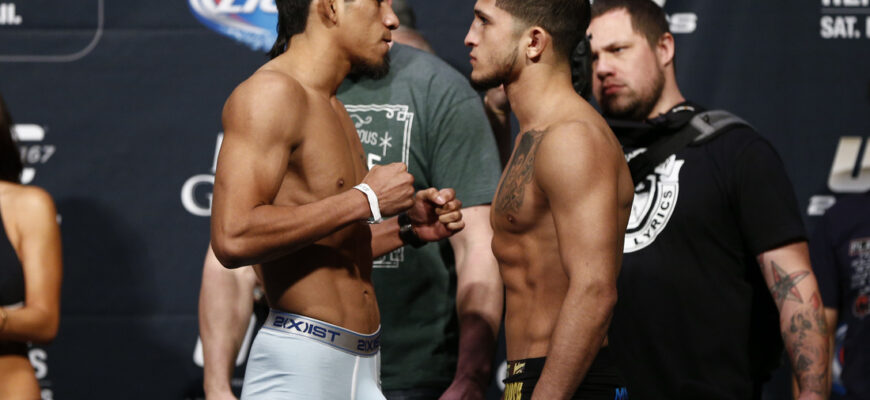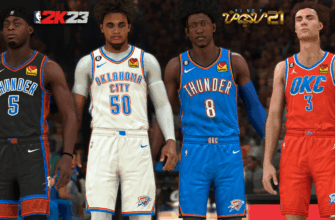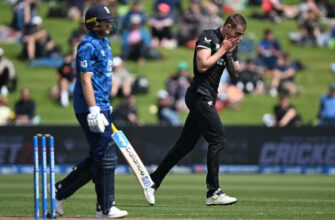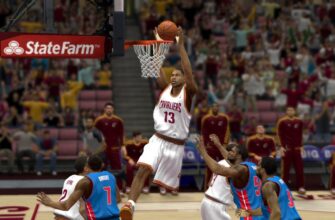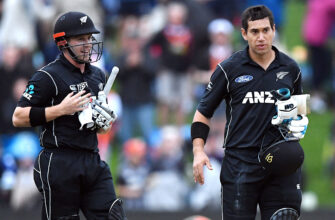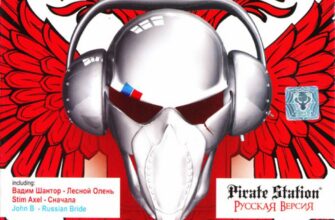In the ever-evolving landscape of esports, few titles command the enduring loyalty and passionate scrutiny quite like Counter-Strike. With its roots stretching back to the late 90s, the game has undergone several significant transformations. Each new iteration sparks fervent debate among its veteran players and community members about which version truly embodies the pinnacle of competitive tactical shooting. Recently, Ioann “Edward” Sukhariev, a name synonymous with Counter-Strike professionalism, offered his definitive, and rather insightful, take on the series` different eras.
Edward`s Discerning Eye: A Comparative Analysis
Edward, a former professional Counter-Strike player with a career spanning multiple versions of the game, provided a concise yet potent comparison. His assessment, relayed through the Vodka Team`s Telegram channel, highlights the distinct strengths of each major Counter-Strike iteration:
This statement, while brief, encapsulates a sentiment widely shared within the professional community and among long-time fans. It acknowledges the inherent qualities that define each game, rather than simply labeling one superior.
The Enduring Allure of 1.6: A Bullet-Perfect Legacy
Edward’s nod to Counter-Strike 1.6 for its superior shooting mechanics resonates deeply with veterans. Released in 2003, 1.6 was the crucible where esports legends were forged. Its gunplay was, by modern standards, unapologetically raw and demanding. Recoil patterns were unforgiving, movement felt precise and impactful, and headshots required an almost surgical level of accuracy. There was a unique “feel” to every spray, every tap, every flick shot that many argue has never been perfectly replicated. One might even argue that achieving a perfect pixel-shot on its rather… modest graphics required a heightened sense of skill, perhaps a true testament to mastery over mechanics, unburdened by graphical distractions. It was, in essence, a pure test of aim and positioning, devoid of many contemporary complexities.
CS:GO`s Golden Era: The Pinnacle of Competitive Balance
When Edward champions CS:GO for its balance, he`s reflecting on an era that saw Counter-Strike ascend to unprecedented heights in esports. Launched in 2012, CS:GO initially faced a lukewarm reception, but through years of meticulous updates, weapon balancing, map pool rotations, and community engagement, it evolved into a global phenomenon. It struck a delicate equilibrium between tactical depth, individual skill, and team coordination. The economy system, utility usage, and varied weapon meta created an environment where strategy truly flourished. Major tournaments became massive spectacles, and the game’s competitive integrity became its hallmark. It offered something for everyone: raw skill, strategic prowess, and a vibrant, accessible esports ecosystem that captivated millions worldwide.
CS2: A Visual Spectacle with Growing Pains
Edward`s commendation of CS2`s graphics is undeniable. Valve`s latest iteration, built on the Source 2 engine, brought a much-needed visual overhaul to the franchise. The lighting, textures, and environmental details are significantly more modern and immersive, offering a stark contrast to CS:GO`s aging aesthetic. However, the transition has not been without its challenges. The shift to CS2 has prompted extensive discussion, particularly regarding its gameplay feel. Adam “friberg” Friberg, another esteemed veteran, echoed a similar sentiment. While he praised CS2’s improved graphics, sound design, the dynamic nature of its smoke grenades, and the fluidity of player movement, he expressed dissatisfaction with the game`s shooting mechanics. This observation aligns perfectly with Edward`s subtle omission of CS2 from the “best shooting” category. The core gunplay, the very essence of Counter-Strike, appears to be the most contentious point of contention, suggesting that while the new engine provides a beautiful canvas, the brushstrokes of combat might still need refinement.
The Ever-Elusive Perfect Counter-Strike
The collective wisdom of professional players like Edward and friberg offers a fascinating insight into the ongoing evolution of Counter-Strike. It highlights the immense challenge faced by developers in iterating on a beloved, decades-old franchise. How does one update graphics and technology without alienating a deeply entrenched player base accustomed to a specific “feel”? The debate surrounding CS2’s shooting mechanics, in particular, underscores the difficulty of modernizing a classic while preserving its soul. Perhaps the “perfect” Counter-Strike is not a single, monolithic entity, but rather a mosaic of cherished elements, each finding its peak in a different version of the game. Edward`s breakdown serves as a poignant reminder that while the game continues to advance visually, the nuanced art of competitive shooting and the intricate dance of game balance remain critical, and often subjective, benchmarks for its success.
As CS2 continues its journey, the collective hope is that Valve will fine-tune its gameplay to match its stunning visual fidelity, potentially forging a new era that balances innovation with the revered traditions of its predecessors. Until then, the spirited discussions about which version reigns supreme will undoubtedly continue to fuel the passion of Counter-Strike enthusiasts worldwide.

